Canadian Wine Is Better Than You Think

[ad_1]
Canada’s drinks résumé has a few notable beverages on it. Whether it’s the Bloody Caesar, Newfoundland Screech, or good ol’ Molson Canadian, Canuck libations seem to stand out against international counterparts. The Canadian wine industry may still be in its infancy compared to Old World wine-producing regions, but according to a 2015 Economic Impact report from Wine Growers Canada, Canadian wine production totals more than 20 million 9-liter cases, with $1.24 billion in revenue reported by wineries. There’s growing global interest in Canadian wine — and reasons a-plenty to add it to the list of acclaimed drinks that hail from the cooler-climate country.
Of Canada’s 10 provinces, four have winegrowing regions that are home to roughly 30,000 acres of planted vines. In comparison, Sonoma alone has 60,000 acres of planted vines. The main reason for such disparity lies in latitude. Much of the U.S.-Canada border runs along the 49th parallel, but vine growth is typically only possible in higher-temperature climates between the 30th and 50th parallels. Despite Canada being as tall as it is wide, this means that all of the country’s grapes grow within approximately 125 miles of this shared border.
Within those 125 miles — spanning coast to coast — lie more than 600 wineries. Their offerings include everything from 60-year-old vines and internationally acclaimed sparkling wines, to grapes grown in Canada’s only desert, organic and Demeter-certified wineries, and even a Certified B Corporation winery, of which there are only a couple dozen in the world. In short, Canada’s wine industry proves that the Great White North deserves our attention.
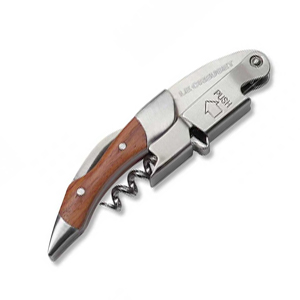
Yes, Canada Makes Ice wine. But That’s Not All.
A common misconception is that Canada specializes in ice wine and only ice wine. “As ice wine remains our most known and exported wine product to a large number of markets outside of Canada, it is not surprising that this is what most people know about Canadian wine,” says Janet Dorozynski, the Government of Canada trade commissioner who works to gain international exposure for Canadian wine, beer, and spirit companies.
Most Canadian ice wine is made from the winter-hardy Vidal grape or the cool-climate-loving Riesling grape. But those two varieties represent a very small portion of grape varieties planted across the county. Outside Canada’s small but renowned ice wine production is a plethora of options — from light and aromatic, to fruity and full-bodied.
Given Canada’s cooler temperatures, which help boost acidity levels in grapes, sparkling wine is making waves as well. This leads Dorozynski to believe it could be Canada’s future claim to fame. “Sparkling wine, which is made in each of the major wine producing regions of British Columbia, Ontario, Quebec and Nova Scotia, is a style that all regions do particularly well, both traditional and Charmat method, and arguably the wine style that many in the industry believe we can collectively hang our hat on,” she says.
Canada’s Myriad Climates and Varieties
On the West Coast, just north of Washington State, is the province of British Columbia. It contains nine winegrowing regions that focus on Merlot, Pinot Noir, Pinot Gris, and Chardonnay. The Okanagan Valley is the province’s most notable inland region, with summertime highs over 100 degrees Fahrenheit.
The northerly latitude provides advantages, says Laura Kittmer, communications director of the British Columbia Wine Institute. “During the peak of the growing season, BC vineyards will see as much as two hours more sunlight per day than famed regions such as Napa Valley. Because of this, the vines are able to produce ripe, intensely flavored fruit, from Riesling to Syrah.”
Kittmer also notes the short, hot growing season in the Similkameen Valley — which is one of the most southerly regions of BC and borders Canada’s only desert — is ideal for producing age-worthy Bordeaux varietals.
Further east, in Ontario, are three continental-climate regions that are the most southerly in the country: Niagara Peninsula, Prince Edward County, and Lake Erie North Shore. These regions sit along the same latitude as Oregon and Tuscany and are moderated by three of the Great Lakes — Ontario, Erie, and Huron — which play an important role in cooling the vineyards during Ontario’s hot summers.
On the outskirts of Montreal, north of Vermont, is Quebec’s shining region: Brome-Missisquoi. The harsh winter in this continental zone freezes the land deep enough that most vitis vinifera varieties do not survive. Instead, producers focus on hybrid varieties that are more conducive to cooler growing sites, such as Maréchel Foch, Frontenac, and Marquette.
Canada’s coolest region sits in an eastern Maritime province. Nova Scotia is home to only 22 wineries, in which traditional-method sparkling wine is becoming a flagship style. Additionally, an appellation blend called Tidal Bay, first released in 2012, is making waves. Its creation was intended to highlight the crisp and aromatic white wines of the region, and it is held to a rigorous set of stylistic standards to meet production guidelines.
The Canadian Standard
Regulating wine and ensuring a certain level of quality is key, especially when vying for international attention and buyers. Canada’s standard for quality and promotion of authenticity of origin is maintained by the Vintners Quality Alliance, or VQA. The regulatory system, which is comparable to AVAs in the U.S., AOC wines in France, or DOC wines in Italy, allows for sub-appellation designation and a focus on terroir-driven winemaking.
Wines that are certified VQA are assessed by a panel and must meet criteria of the vintage, varietals, and origin specified on the label. VQA also governs yield sizes, Brix levels, and the use of regulated additives.
5 Canadian Wines To Try
Just over 30 Canadian VQA producers have maneuvered their way through the red tape and regularly export south of their border, with the majority of the push being from wineries in British Columbia and Ontario. Though Canadian wines may not yet be abundantly available to U.S. drinkers, a Wine BC export strategy report states the country’s desire to increase sales to the United States by at least 50 percent over the next two years — with a specific focus on Seattle and New York.
For oenophiles interested in trying Canadian wines, here are some to get you started.
Château des Charmes 2018 Gamay Noir ‘Droit’
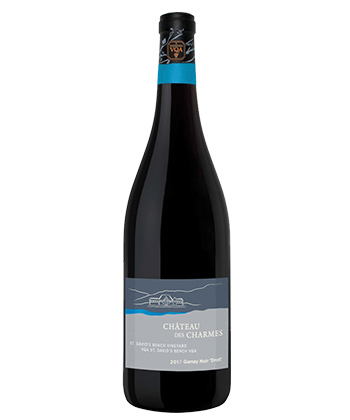
A fifth-generation French winegrower, Paul Bosc settled in Niagara in the 1960s to focus on estate-grown wines made sustainably. The “Droit” clone is the result of a spontaneous mutation that happened in Bosc’s vineyard which, today, produces a mid-weight Gamay with a mosaic of fruit and subtle smoke and spice.
Checkmate 2017 Queen’s Advantage Chardonnay
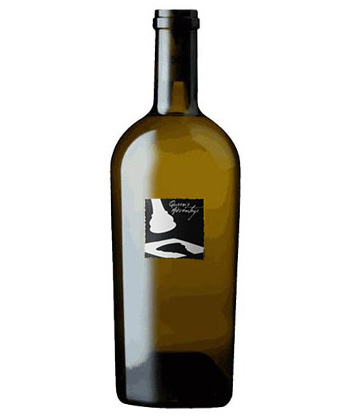
This artisanal winery only grows two grapes — Chardonnay and Merlot — but produces them in a plethora of expressions. Vines for the Queen’s Advantage Chardonnay are nearly 50 years old and grown on the Golden Mile Bench in the south Okanagan Valley. This wine explodes with ripe stone fruit flavors alongside layers of buttery barrel spice and a silky finish.
Le Vieux Pin 2019 ‘Ava’
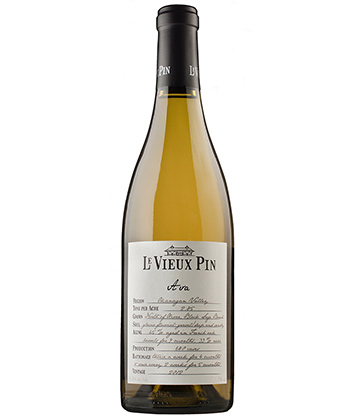
Showcasing the Okanagan’s ability to make Old World-style wine with a twist of modern focus, this white blend of Rhône grapes (Roussanne-Viognier-Marsanne) is textural and aromatic, with long-term ageability.
Summerhill Pyramid Winery Cipes Brut NV
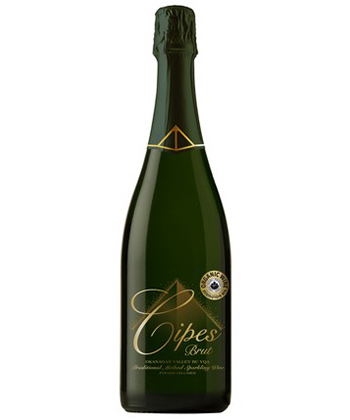
A Certified B Corporation and driven by biodynamic practices, Summerhill has paved the way for ethical and purposeful Canadian winemaking. The Cipes Brut is the winery’s flagship traditional-method sparkling wine made from Riesling, Chardonnay, and Pinot Blanc. It has a racy and vibrant profile with flavors of green apple and pear with a hint of toasted brioche.
Tawse 2018 Cabernet Franc – Grower’s Blend
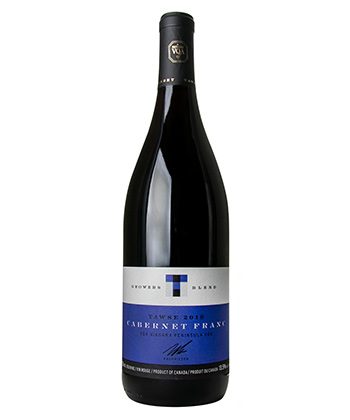
Four-time recipient of WineAlign’s Canadian Winery of the Year award, Tawse is one of the largest producers of organic wine in Ontario. The Grower’s Blend exudes both jammy and dried dark fruits, with an exceptional mingling of floral and soft spices. Drink now, or hold until 2026.
[ad_2]




